
Editor's Note: This story originally appeared on Point2.
Whether you’re a new homeowner or planning to sell, bathroom renovations can be a fantastic investment.
However, it’s not a project to enter into lightly. Expenses can soon creep up, while mistakes concerning materials and design can result in a dysfunctional, ugly, and potentially dangerous bathroom.
With that in mind, let’s look at various tips and tricks you can use to ensure your bathroom renovation is a success. We’ll also discuss what tasks you should leave to the pros rather than pushing your DIY skills to the limit.
Let’s start with top bathroom renovation tips.
1. Make a Plan

The worst thing you can do with any large renovation project is to make it up as you go along.
So, be sure to make a clear plan of exactly what you want and get it down on paper long before you start buying materials or contacting contractors.
Failing to make a plan will often result in the costs creeping ever-upwards and the project taking longer — causing more disruption to your life.
2. Create an Accurate Budget and Time Frame

A solid plan should be based on an accurate budget. If you’re using professionals, be sure to get a few quotes and make sure you know exactly what they include.
DIYers should thoroughly research the work and materials required and budget accordingly. Always add at least 15% to your budget to account for costs incurred by unexpected problems and extra work.
As well as the budget, come up with an accurate time frame to work to.
If you’re taking time off work to complete the job, knowing you can complete it in time is essential. Again, allow a few extra days in case of delays.
3. Use the Correct Materials
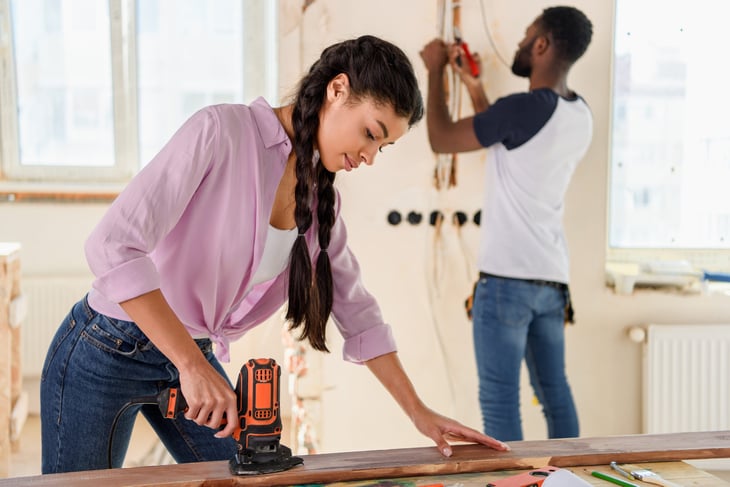
Bathroom elements tend to come into contact with moisture more than in other rooms. So, you must choose materials that can handle moisture and humidity.
The most stunning wooden floor will soon look shoddy when it starts warping and swelling if it hasn’t been correctly treated.
The same applies to cabinets, countertops, and metal elements like door handles and lights.
4. Use What You’ve Got
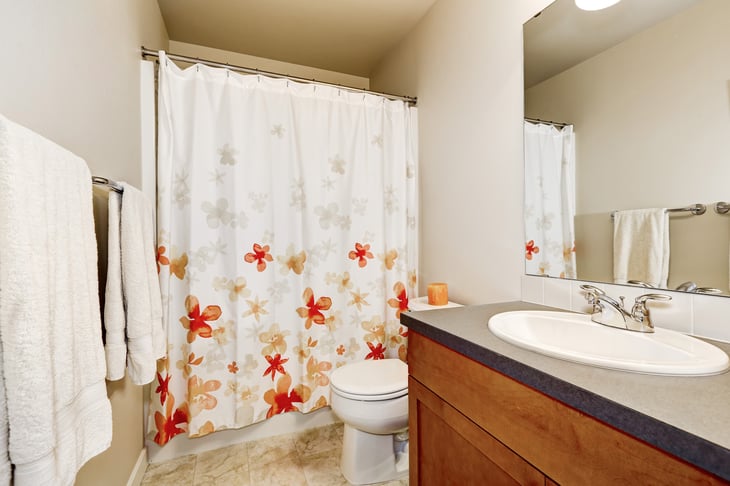
With bathroom renovations, especially if you’re doing it yourself, it’s much cheaper and easier to use the existing plumbing.
So, avoid moving the main elements, such as the toilet, basin, bathtub or shower. Moving this pipework costs a lot of money and takes time.
Also, be sure to choose a bath or shower unit with drainage in the same position as the old unit.
5. Plan Your Storage Options
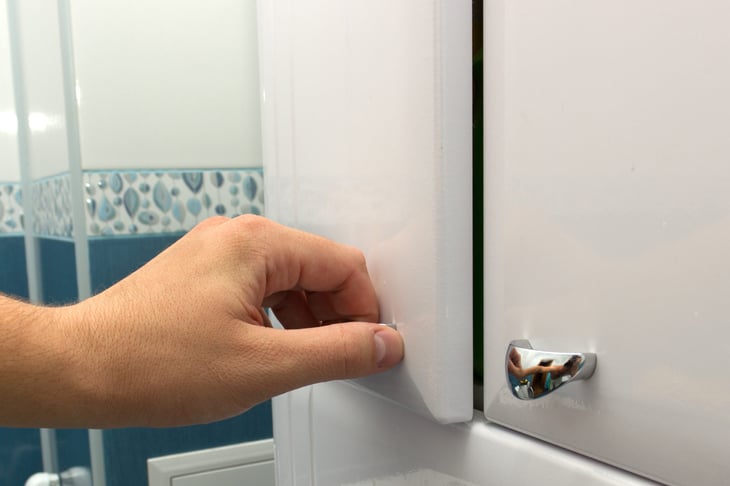
A functional bathroom will have plenty of storage space, so design this in from the start. Avoid leaving it to the last minute and putting up awkward shelves or space-consuming cabinets.
Instead, think about above-door storage, recessed shelves and built-in cabinets.
6. Install Adequate Ventilation
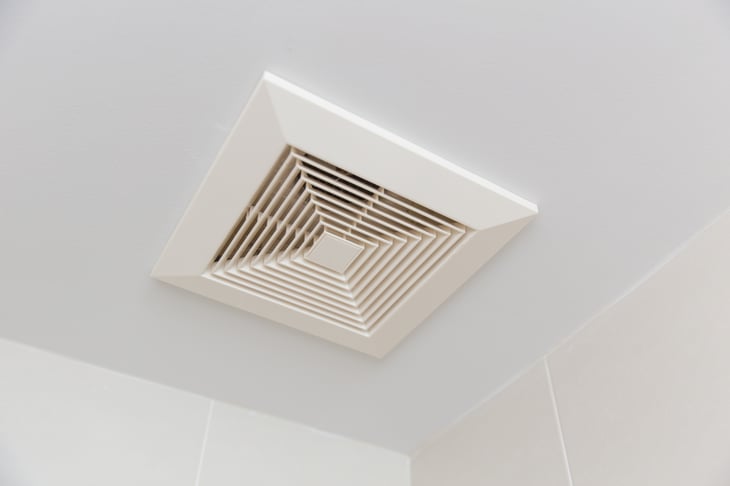
Proper ventilation is crucial to a comfortable and functional bathroom — preventing the room from becoming too humid while discouraging mold growth.
More often than not, ventilation fans aren’t powerful enough to do the job, so do your research and install a suitable unit.
Models with built-in humidity sensors are a great choice, as they shut off when the humidity in the room has reached the correct level.
7. Think Ahead
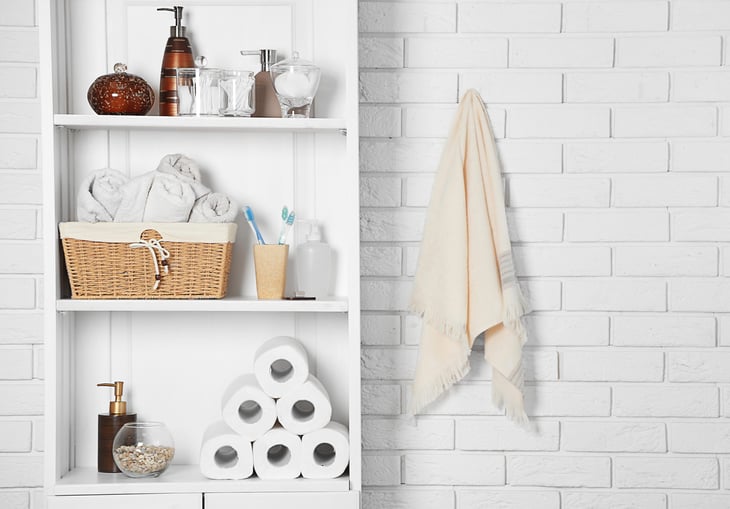
Trends come and go, but a bathroom renovation isn’t something you’ll want to do too often.
The best advice is to keep the bulk of the bathroom relatively simple, using replaceable elements, like shower curtains and towels, to add pops of color and personal touches.
Another good idea is to use mold-resistant paint, at least as an undercoat, on your walls and ceilings. This will keep future mold growth at bay and your bathroom looking fresh.
8. Hire Decent Contractors
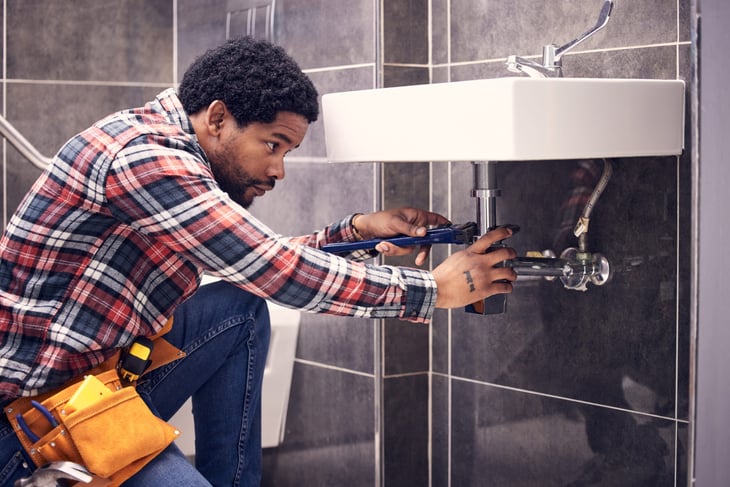
If you decide to hire professionals to get the job done, be sure to research several contractors.
Good contractors are worth their weight in gold, so check reviews and previous work, and if possible, get references from previous customers.
4 Things to Leave to the Pros

There are many things you can do as an enthusiastic DIYer. But, major bathroom renovations should often be left to the pros.
Here are a few tasks that are best carried out by qualified contractors.
1. Installing the Wiring and Plumbing
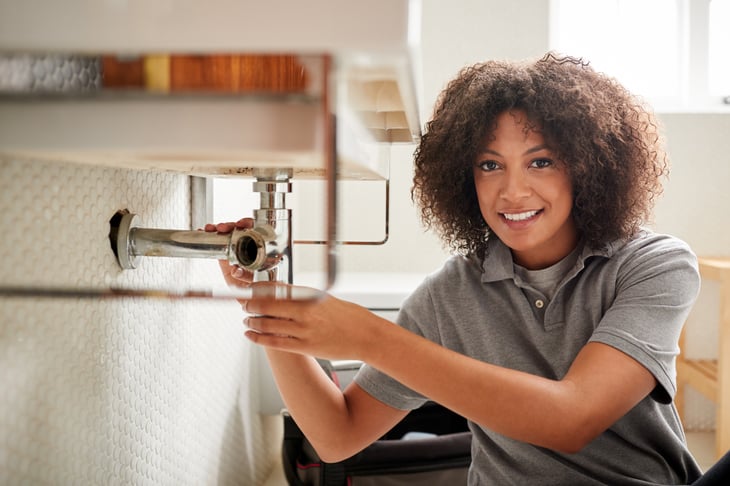
If you plan to move major bathroom elements around, you’ll need to redo the plumbing and wiring.
This is almost always best left to a pro, who will be familiar with the latest building codes and far more capable of installing everything correctly.
This kind of work can often reveal other problems, such as rotten floor joists and corroded pipework. Professionals are typically better at dealing with these issues quickly and effectively.
2. Ventilation Fans
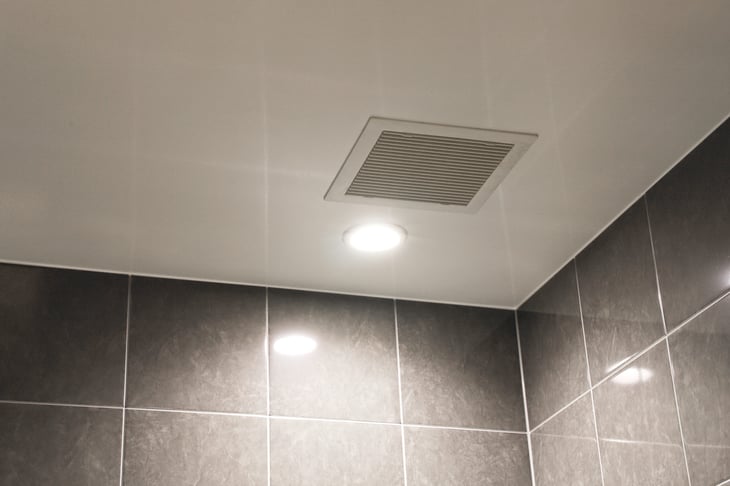
While they look small and straightforward, ventilation systems are much more complicated than they appear, not to mention dangerous if installed incorrectly.
Moist air should be vented outside, not into the attic, which can cause problems.
This involves a lot of specialized work, something that many DIYers would struggle with. Then there are the electrics, which must be installed to code by a qualified electrician.
3. Large Tiling Tasks
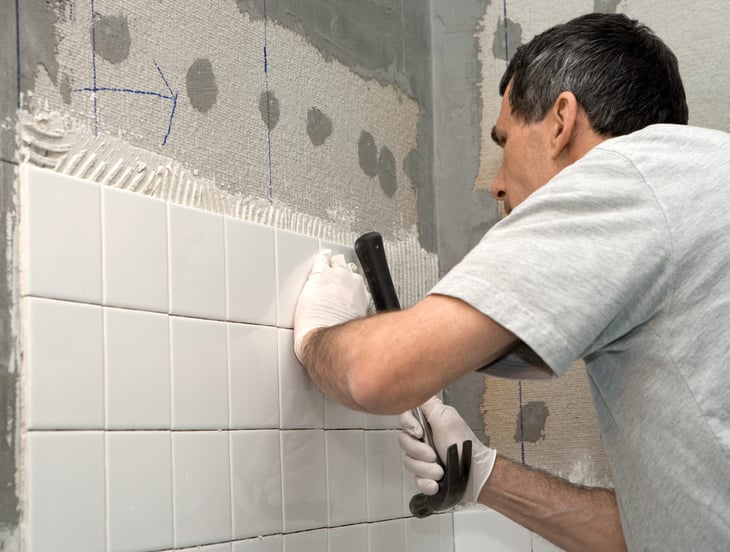
If you want a professional finish on a room with tiles across the floor and up most of the walls, it’s best to hire a pro. Tiling is something of an art, and it takes years to master.
Not only will a pro ensure everything lines up correctly and lays flat and smooth, but when it comes to floors, they’ll ensure everything drains correctly.
Getting it wrong can lead to poor drainage and uneven flooring, not to mention an ugly finish.
4. Structural Elements
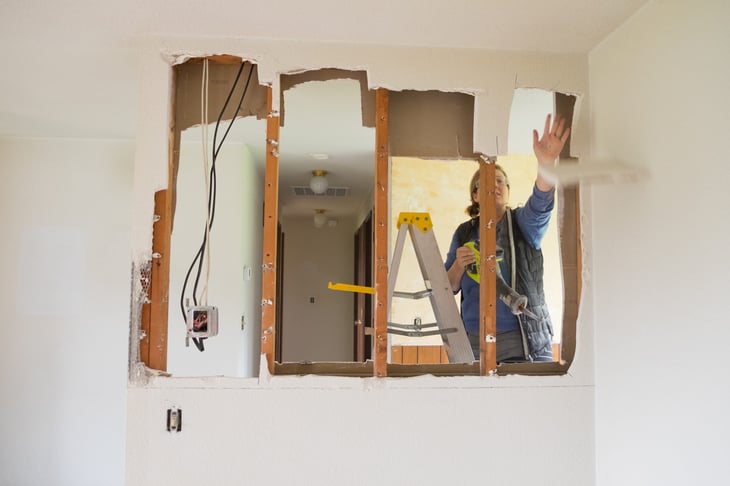
Any form of structural work is typically best left to the pros. So, call a professional if you plan to knock out some walls and expand your bathroom.
Getting it wrong can lead to disaster and an expensive fix.
How Much Does It Cost to Renovate a Bathroom?
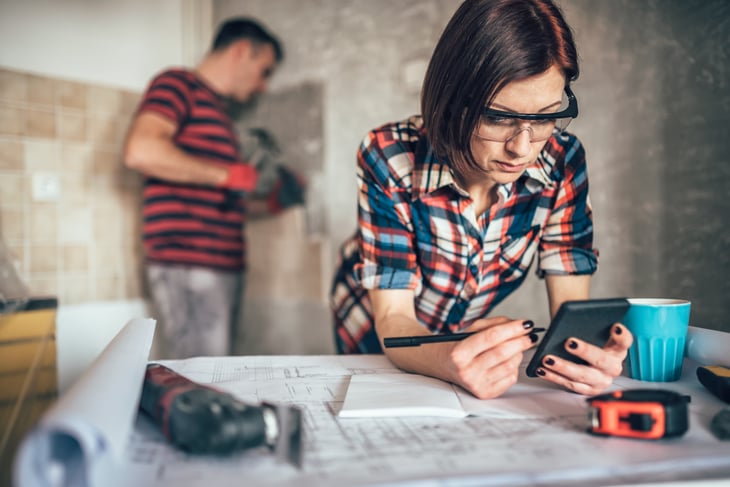
So, how much does a bathroom renovation cost? Unfortunately, it’s difficult to say for sure as so many variables are involved.
Many sources estimate between $5,000 and $15,000 on average, but it can cost a lot more or a lot less.
For those on a budget, it’s possible to freshen up an existing bathroom for under $1,000. Moreover, you’ll often be able to do it yourself over a weekend. Here are a few ideas:
- repaint the walls and ceiling
- remove and reapply silicone around bathtubs and sinks
- swap out old taps and toilet seats
- install new elements like cabinets, door handles, towel rails, and toilet roll holders.





Add a Comment
Our Policy: We welcome relevant and respectful comments in order to foster healthy and informative discussions. All other comments may be removed. Comments with links are automatically held for moderation.